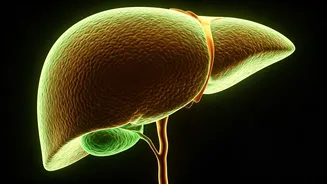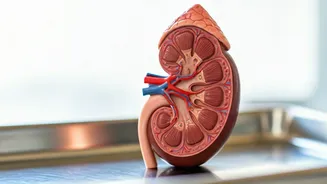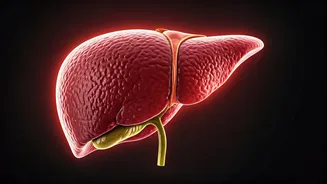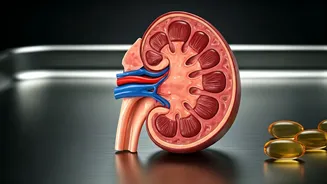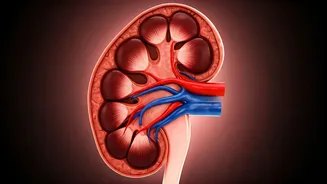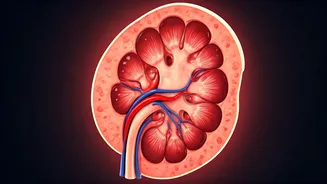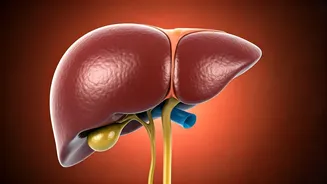What Is Toxicity?
Vitamin D toxicity, also known as hypervitaminosis D, arises from excessive levels of vitamin D in the body. While vitamin D plays a vital role in maintaining
bone health, calcium absorption, and immune function, too much can lead to serious health issues. The primary cause of vitamin D toxicity is generally excessive supplementation, not sun exposure. It is very rare for toxicity to occur through sun exposure alone. High doses of vitamin D can lead to a buildup of calcium in the blood (hypercalcemia), which can cause nausea, vomiting, weakness, and kidney problems.
Warning Signs Emerge
Recognizing the symptoms of Vitamin D toxicity is crucial. Early signs include gastrointestinal distress such as nausea, vomiting, and loss of appetite. Individuals may experience weakness, fatigue, and excessive thirst. As the condition worsens, symptoms can become more severe, including frequent urination and kidney problems. Hypercalcemia, a hallmark of Vitamin D toxicity, can cause bone pain and even affect mental functions, leading to confusion and, in extreme cases, coma. Be vigilant for these indicators and consult a healthcare professional if they appear.
Why Does It Happen?
The primary factor driving Vitamin D toxicity is usually the overuse of supplements. Taking exceptionally high doses of Vitamin D supplements over an extended period is the most common cause. The body has limited mechanisms to control the levels of vitamin D, making excessive intake potentially dangerous. High doses, often exceeding the recommended upper intake level, are the primary culprit. Other less common causes include certain medical conditions that affect vitamin D metabolism. Ensure to adhere to recommended dosage guidelines and consult a healthcare provider before starting or changing a supplement regimen.
Reversing Toxicity Naturally
Reversing Vitamin D toxicity involves several steps, starting with discontinuing Vitamin D supplementation. A medical professional may recommend regular blood tests to monitor calcium and Vitamin D levels. Increasing fluid intake helps flush excess calcium from the body. In some cases, medications like corticosteroids or bisphosphonates are needed to manage hypercalcemia. Dietary adjustments are important, including limiting calcium intake. Regular monitoring and adherence to medical advice are vital for safely reversing the condition and restoring health.
Safe and Natural Practices
To mitigate the risk of Vitamin D toxicity, prioritize safe practices. Stick to the recommended daily allowance of Vitamin D, unless a healthcare provider advises differently. Avoid taking extremely high doses of supplements. Get Vitamin D from sunlight and food sources, such as fatty fish, egg yolks, and fortified foods, in moderation. When using supplements, opt for forms that are easily absorbed and consult with a doctor or registered dietitian to determine an appropriate dosage. Regular check-ups and blood tests can help in detecting any imbalances early, enabling prompt intervention and the prevention of potential complications.


